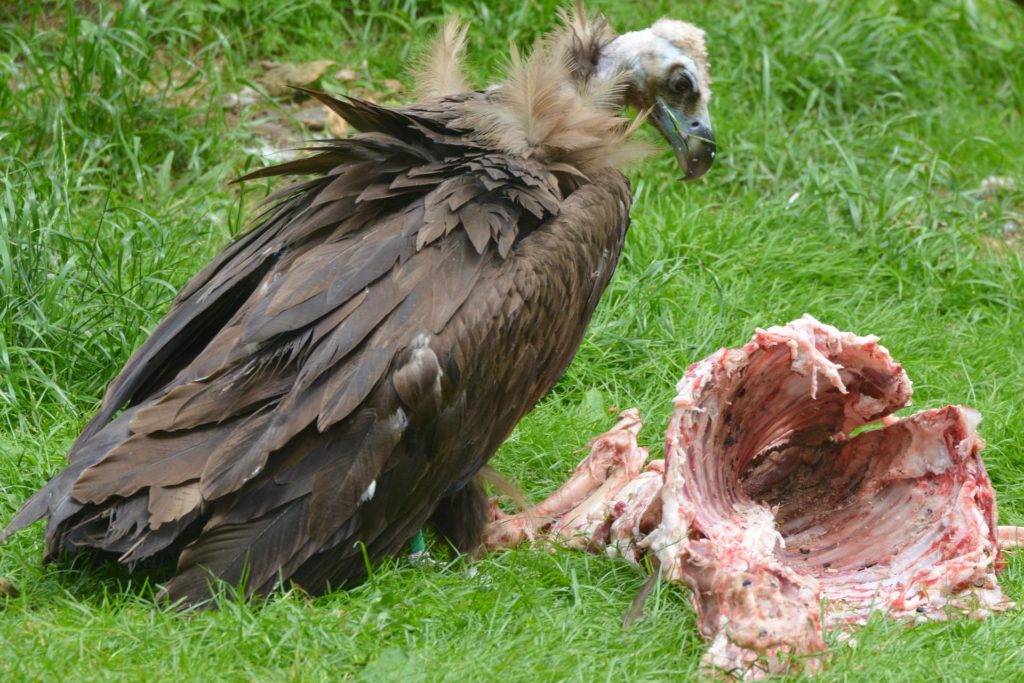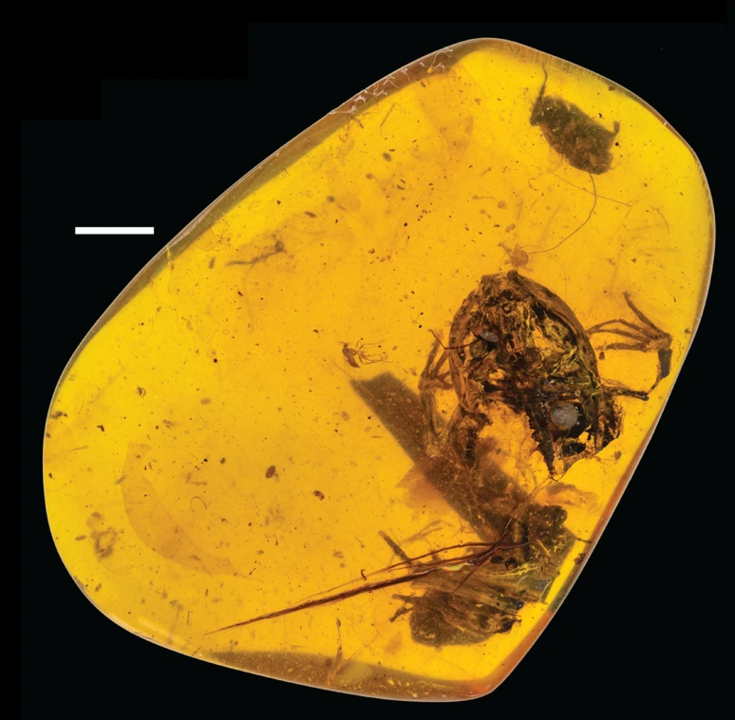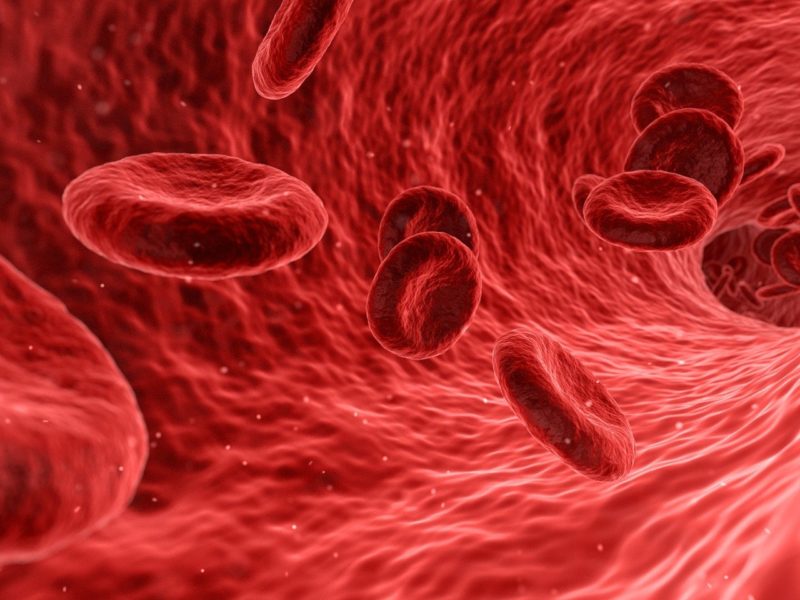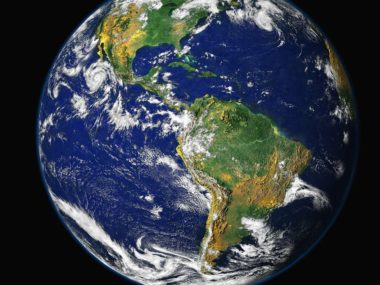We’ve all heard of soft tissue in dinosaur fossils, but what is soft tissue?
Simply speaking, soft tissue includes things like muscles, skin, and hair in an organism. It’s anything that isn’t made of hard minerals like your bones. Fossils are usually remnants of the hardest parts of an organism, because that’s the stuff that lasts. The toughest parts of organisms have the highest chance of becoming a fossil. Think of a shell or a bone. Their preservation is much more likely because of their calcium-based minerals. Soft tissue would include things like skin, blood cells, or fur; the molecules making up these tissues are very fragile, with low chances of preservation
What Remains of Remains
Imagine for a moment a wild animal in the desert. What’s going to happen after it dies? Immediately, the body will begin to decompose. This happens when microorganisms like bacteria and fungi break down the tissues that make up living beings. At death, these lifeforms will start eating all the fleshy material off the carcass. This may also involve other hungry scavengers like vultures! After feasting, there won’t be much left of the animal but bones.

On top of decomposition and scavengers wreaking havoc, a carcass is usually exposed to the elements. The presence of water will hasten the process of decomposition, as well as potentially transport the carcass. During such a transportation, the carcass may undergo damage and break down. Over days, weeks and months, bones alone will remain.
But bones won’t last forever either! Sunlight, wind, and movement will crack and chip away at the material, damaging what remains of the organism. What remains inside the bone (e.g. marrow) will decompose over time. Some molecules, such as collagen or keratin, are more resistant to breaking down than molecules like DNA. But without protection from the elements, these tissues will soon enough disappear.
Burial Rates and Conditions
Rapid Burial
So, if an organism’s carcass can be quickly destroyed, how on earth will any material, let alone soft tissue, be preserved in fossils? The key to this is rapid burial to protect the remains. Unless burial occurs extremely soon after death, a skeleton will not become a fossil. The fossil record consists mostly of the hard parts of organisms because they are the most resistant. Shells and bones are much more easily preserved than softer tissues. The requirement to escape destruction is what makes fossils, especially soft tissue, rare to find in the rock record!
Rapid burial after (or during) death can protect soft tissue from predators and elements. If an animal dies and sediment buries it quickly, there will be fewer chances for scavengers to eat away at its body. Normally, various animals will dig into sediment and create burrows. This process, called bioturbation, can cause damage to already-buried creatures that may otherwise have fossilized. However, quick sedimentation may inhibit this process.
Bacteria hurt and help preservation!
Very fine sediment, such as mud, may also prevent certain bacteria from decomposing the organism quickly. Mud tends to be much more compact than something like sand, which keeps oxygen out, and therefore can slow down decomposers. The same principle applies to depth of sediment. The deeper an organism is buried, the less oxygen is available to facilitate decay and scavenging. Though these conditions slow decay, they do not completely stop it. Fine-grained, compact sediment that cements (or hardens) quickly will further protect tissues from decay, and may allow for soft tissue preservation.
Interestingly, while bacteria are a mode of decay for most organisms, some bacteria can actually help in depositing minerals to preserve fossils! These minerals include silica and iron. In fact, if bacteria and fungus create a covering or halo around an organism as it decays, special chemical processes can preserve the organism and create a fossil preserving the soft bodied organism’s shape, and sometimes some original tissue.1,2
Other Preservation Processes

Some conditions particularly favor soft tissue, such as freezing in ice. One example of this is the wooly mammoths trapped and frozen during the Ice Age. The opposite scenario —dry, hot conditions— may preserve tissues almost as well! In this case, the soft tissue might be undergo mummification. This may occur if dry, hot conditions exist and persist. These environmental factors can dehydrate a carcass, whereas the presence of water accelerates decay. For this reason, mummies won’t last too long after the reintroduction of humidity. Another way soft tissue preservation can occur is with tree resin. If the resin captures parts of an organism, it can harden them into amber. For example, sticky tree resin may trap an insect or other small creature as the animal passes by. Over time, if the amber hardens and remains undisturbed, it can preserve the original animal.
Soft tissue in fossils exists, but it requires special conditions. Not all fossils will contain organic materials, but when they do, we can learn much about an organism’s physiology, diet, or taxonomy.
Footnotes
- Borkow, P. S., & Babcock, L. E. (2003). Turning pyrite concretions outside-in: role of biofilms in pyritization of fossils. The Sedimentary Record, 1(3), 4-7. ↩︎
- Briggs, D. E. G. 2003. The role of decay and mineralization in the preservation of soft-bodied fossils, Annual Review of Earth and Planetary Sciences. Annual Reviews : Palo Alto, CA, United States, United States, 275. ↩︎











